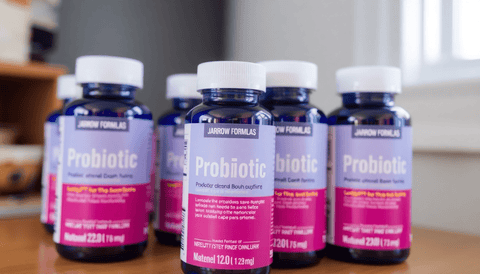Probiotic cfu count is a term you’ll commonly see on label copy. It refers to the number of viable colony-forming units in a given serving, a metric that manufacturers use to describe how many live microorganisms may be present. While this figure is a central part of many probiotic labels, it is not a universal indicator of performance or outcomes, and counts can vary across production batches and testing methods. Understanding how the probiotic cfu count is reported can help you read labels with greater clarity. From a scientific standpoint, the probiotic cfu count reflects viability under specific conditions and depends on the particular strain, formulation, and storage. Some strains maintain higher viability through processing and packaging, while others are more sensitive to factors like temperature and moisture. It’s important to recognize that CFU counts measured in a lab do not directly translate to what happens in practice in real-world use, so the count is best viewed as a label metric rather than a guaranteed measure of effect. Practical tips for evaluating products start with understanding what the probiotic cfu count on the label represents. Check whether the count is guaranteed at the expiry date or only at the time of manufacture, and note the exact strains listed (genus, species, and strain designation). Review storage requirements and packaging, since some products require refrigeration while others are shelf-stable. Look for evidence of third-party testing or certifications, and be aware that a higher CFU count does not automatically indicate superior quality without considering viability over shelf life and the product’s delivery format. Smart ways to choose strains involve prioritizing transparency and traceability. Favor products that specify well-documented strains with clear provenance and provide batch-specific or expiry-based CFU guarantees. Consider how the delivery system (capsule, sachet, etc.) and storage conditions align with practical use. Be mindful of regulatory labeling expectations and any independent verifications offered by the manufacturer. While the probiotic cfu count is a useful data point, it represents one aspect of product quality and labeling integrity rather than a sole predictor of performance.

